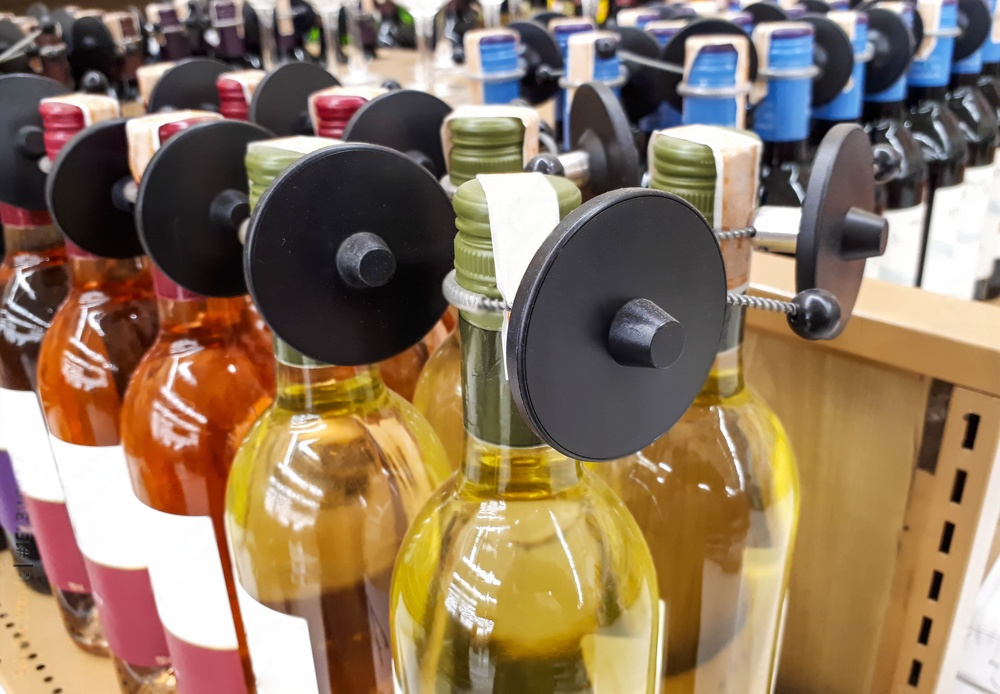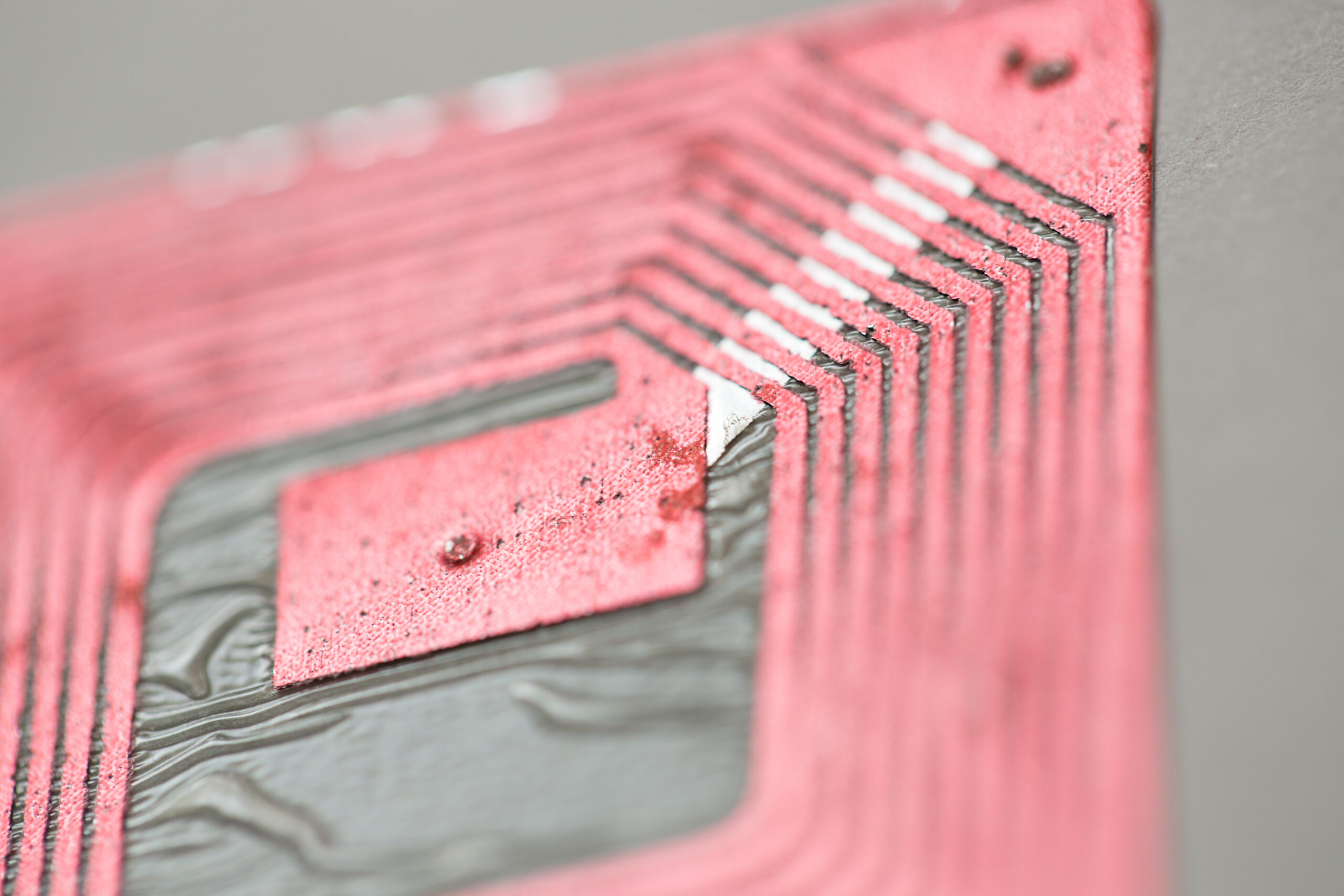Retailers are under siege in today’s economy. Competitive product pricing, unreliable supply chains and rising overheads, when compared to ecommerce organizations, are placing companies under immense pressure. Additionally, retailers need to mitigate the risk of shoplifting and employee fraud during every step of their operations. To respond effectively to such challenges, many retailers are looking to radio frequency identification (RFID) to thwart theft and reduce administrative errors.
The National Retail Foundation (NRF) estimates that retailers in the United States lose more than $60 billion in annual revenues due to theft and employee fraud. RFID provides retailers with a host of new applications that reduce losses, track items throughout the supply chain and improve inventory accuracy. The NRF found that retailers suffer as much as 1.6 percent shrink (the term used for lost inventory) annually. For an organization like Walmart, that means losing about $8 billion in revenues during a single year. Using RFID to prevent theft, limit fraud and reduce counterfeiting is the best way retailers can fight back against increasing theft rates.
Quick Takeaways:
- Retailers can reduce shrink and maximize their ROI by implementing RFID to prevent theft.
- Modern RFID applications provide greater insights into every stage of your supply and distribution operations.
- You can track employees and products to ensure you have a detailed audit trail for every person or item throughout your different locations.
Why You Should Use RFID to Prevent Theft and Reduce Retail Shrink
The retail world is becoming more complex in terms of both its processes and technology adoption. Retail issues like asset protection, shrink prevention and information security now require sophisticated technologies to support an organization’s bottom line. According to some estimates, inventory shrink and employee theft are responsible for two-thirds of annual losses in the retail sector. Retailers are looking to RFID to stem the tide and implement improved controls during every step of their inventory-management and consumer-fulfillment operations. Item-level RFID systems improve inventory accuracy and process tracking, while allowing retailers to investigate issues efficiently. Discussed below are four ways in which RFID is helping retailers to enforce controls and prevent shrink across the industry.

1. Using RFID for Comprehensive Oversight of All Company Assets
At first, organizations only used RFID technology to keep track of expensive assets. Upon issuing a tablet or laptop to an employee, you could add an RFID tag to prevent someone from leaving the building with the equipment, without the proper authorization. As the technology became more accessible and affordable, retailers quickly started adopting RFID systems to manage inventory throughout the supply chain.
What most discovered was that while inventory management and stock replenishment may have been the primary goal, the return on investment (ROI) from RFID deployments went way beyond expectations. The reduction in costs of implementing RFID in retail situations makes it ideal for establishing a complete asset-management and oversight system. For retailers, using RFID readers at all exit locations can trigger an alarm if someone tries to slip out the door with stolen goods. Electronic article surveillance (EAS) systems are now common, providing retailers with additional benefits.
Placing RFID tags on individual items and readers at all exits can:
- Generate valuable data about what items are desirable for shoplifters, while alerting staff to any attempted theft
- Establish trends on products that are desirable, allowing you to implement additional security controls to curb losses due to theft
- Replace stolen products quickly to avoid lost sales due to stock-outs
2. Item-Level RFID Tagging Provides Inventory Visibility
RFID works wonders when it comes to keeping track of all your products throughout the retail supply chain. You can deploy the technology to manage and track every item in your inventory, from source to final destination. By working with manufacturers, retailers can use RFID sensors to record the providence, quality information, shipping details and intended destination of a specific item. RFID tags can collect the data you need to make intelligent business decisions, estimate demand and prevent inventory shrink at every stage along the supply chain.
When it comes to tracking your inventory, you’ll need to know where it’s currently located, how many of the items you have and how long it may take to replace an item if it’s lost in transit—all information that RFID tags can monitor. An additional benefit is that once your employees know you are tracking every item, it automatically discourages theft. Using RFID to prevent theft in retail increases employee accountability while helping you optimize your upstream distribution processes.

3. Auditing Process with Accurate RFID Tracking Data
Compared to other technologies like barcodes, RFID chips can store specific information on the tag during different stages of the process. You can timestamp arrivals at certain locations, track time between destinations, and record information about who accessed a product or batch of inventory at every step throughout your supply chain. If something goes missing, you can look up the person who accessed that batch, audit the upstream processes and identify exactly where the item was lost.
RFID sensors can also measure other elements in the journey, like registering shock damage and time in transit, as well as recording the exact location in your warehouse or stores. This level of inventory oversight and audit trails provides an immediate ROI by reducing retail shrink within weeks, instead of years. Management can pull up the entire history of an item throughout the supply chain, aiding the organization when conducting investigations into missing products.
4. Tracking Employees and Products Using RFID for Theft Prevention
Another way that retailers can reduce shrink and identify anyone culpable for losses is by tracking all employee movements. If your staff uses access cards to move through different zones of a store, you can identify where everyone was located when a product went missing. RFID tracking for products and employees allows you to find the likely suspect simply by pulling up the access history for each worker. Combining this information with your security surveillance system, you should be able to build a comprehensive case against the thief. The FBI and other organizations already use RFID tags to track visitors and personnel throughout their buildings. Retailers can use the same principles and deploy RFID to prevent fraud and theft at all their locations.
Learn More About Theft Prevention and Inventory Shrink at RFID Journal LIVE!
To find out more about how the latest RFID applications can help you reduce inventory shrink, identify fraudulent transactions and keep employees honest, join this year’s in-person event at RFID Journal LIVE! 2021. With global retail leaders attending and ready to showcase their latest innovative RFID applications, you can learn how to deploy RFID in your organization to reduce shrink, increase oversight and manage your inventory effectively.



